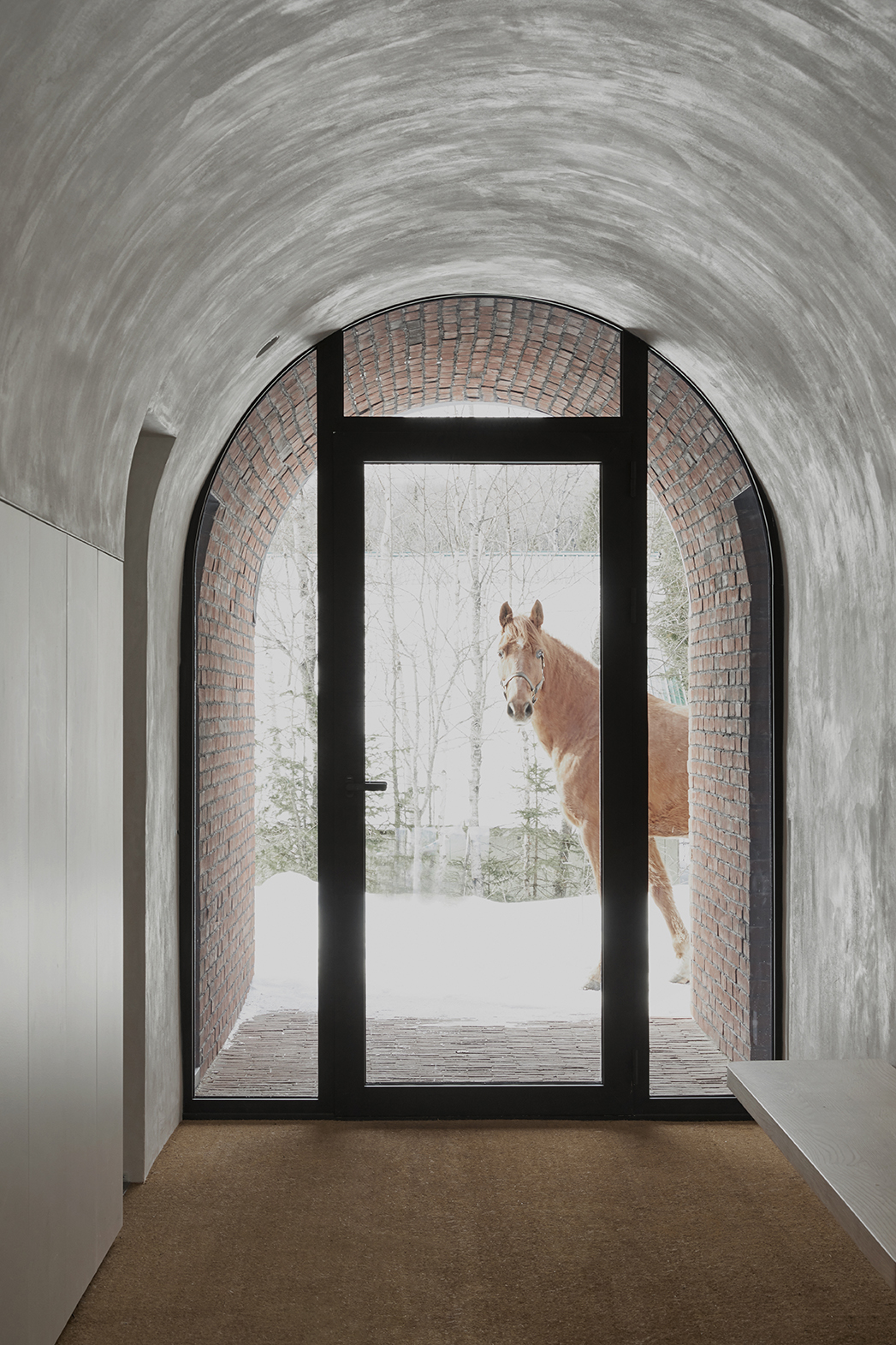Every year a new class of professionals storms the scene. We sifted through the perspectives and personalities to find the five up-and-coming interior practices that should be on your radar.

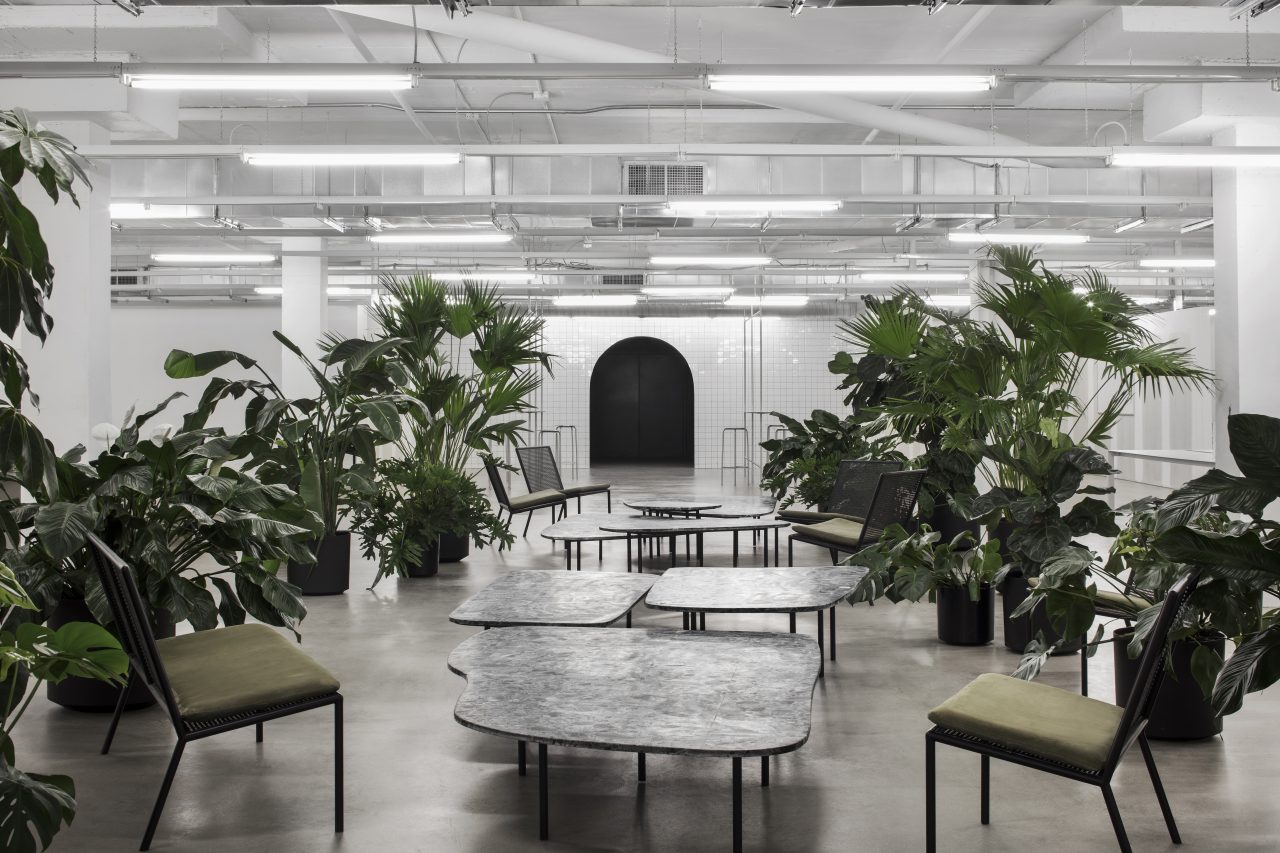
Atelier Barda
Montreal
For the six studio members of Atelier Barda, architecture is an intuitive art form shaped by precedents from design and other creative practices. Many of the studio’s projects are subtly suffused with allusions to the fine arts: White tiling in the SSENSE Headquarters recalls Jean-Pierre Raynaud’s gridded installations; the Résidence Villeneuve’s storefront living space evokes Edward Hopper’s Nighthawks; and the Gauthier House takes its inspiration from the minimalism of Ellsworth Kelly and Robert Mangold—two favorites of the clients.
References to art history are testaments to more than just aesthetic interest. According to studio director Kevin Botchar, Atelier Barda “works through artistic and cinematographic references because they’re part of a collective unconscious.” They may also reflect the studio’s broader effort to achieve a more enduring kind of design. As Botchar put it, “We are in search of a sort of timelessness in our projects.”

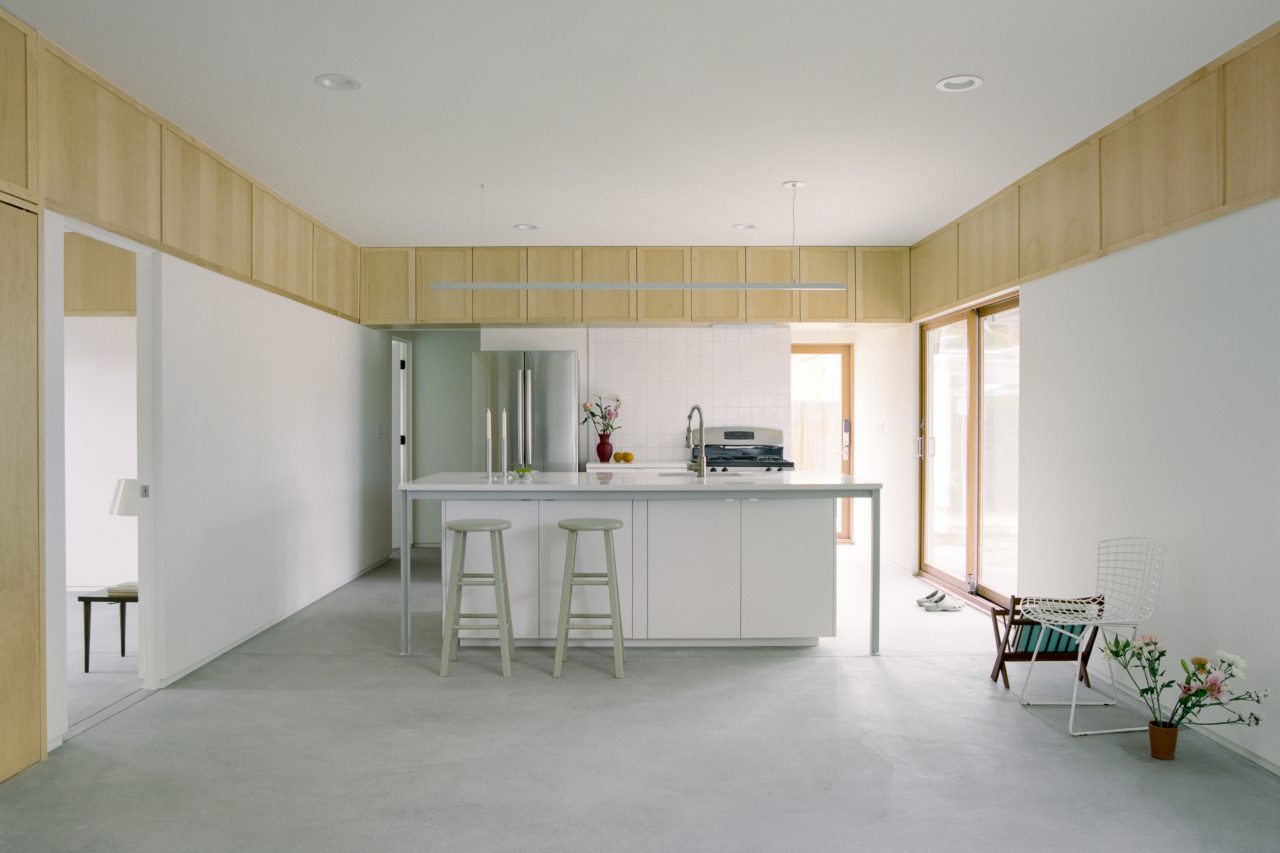
NILE
New York City
NILE’s project is modernism, which at first seems a curious choice in 2019. But according to the New York-based firm’s founder, Nile Greenberg, the original ethos and ideas of prewar modernism can be easily applied to today’s context. “Beauty, function, and politics are all the same thing,” Greenberg told AN. “I love the Smithsons’ phrase ‘loving neutrality.’ If a space is neutral, it can be anything for anyone.” Like that of Mies and early Skidmore, Owings & Merrill, NILE’s modernism takes universal qualities and tailors them to specific people or situations, hence the word loving. Neutrality, rather than minimalism, which is frequently restrictive, allows flexibility for individuality against a background free of identity. In an age when inclusivity and openness are being advanced in all arenas of culture, NILE looks to the democratic ideals of modernism to define new ways of living in the 21st century. A veteran of MOS, SO – IL, and Leong Leong, Greenberg has completed a store for clothing retailer 6397 in downtown Manhattan and a house in Denver, and this fall two books will hit the shelves: The Advanced School of Collective Feeling, by Greenberg and Matthew Kennedy, and Two Sides of the Border, which Greenberg coedited with Tatiana Bilbao.
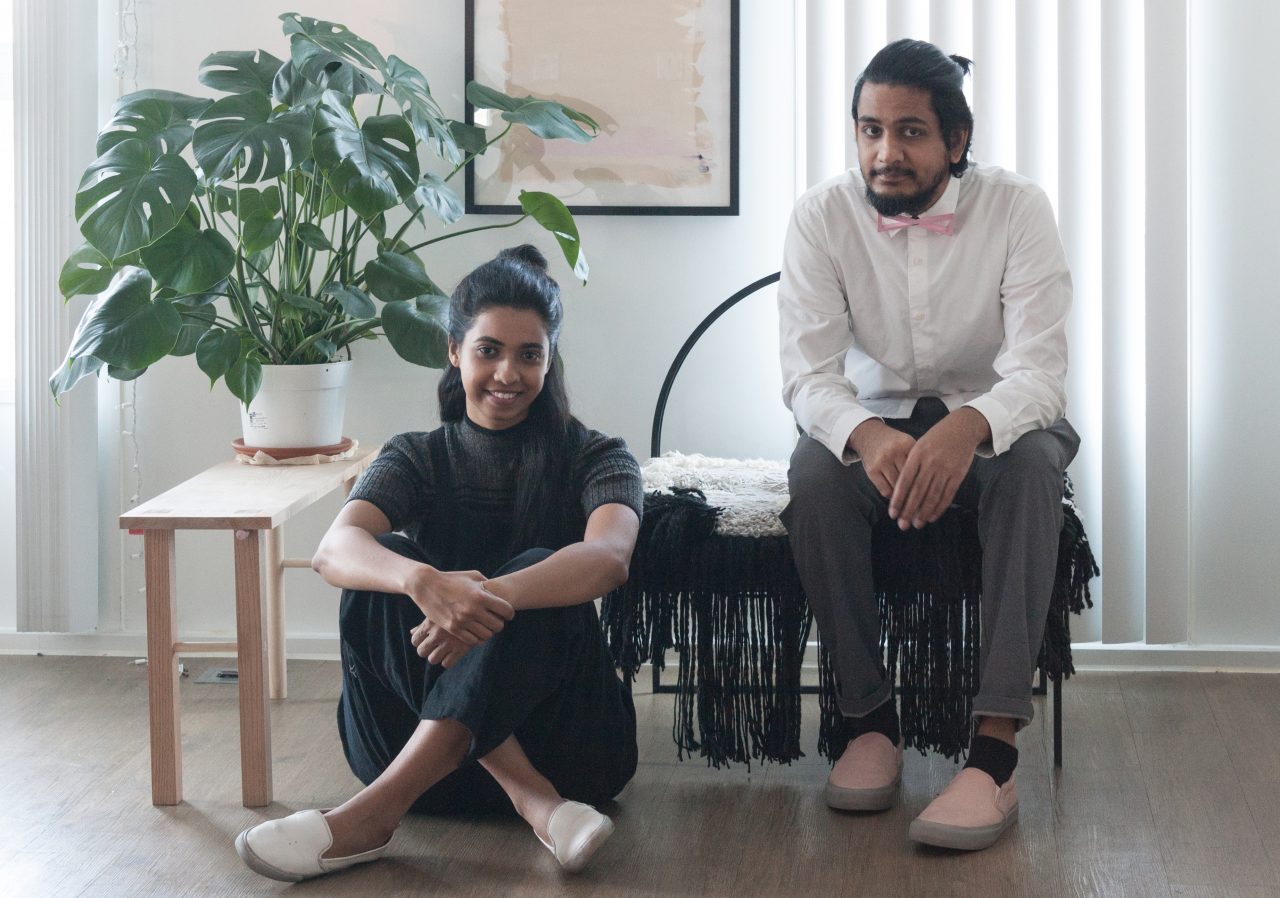
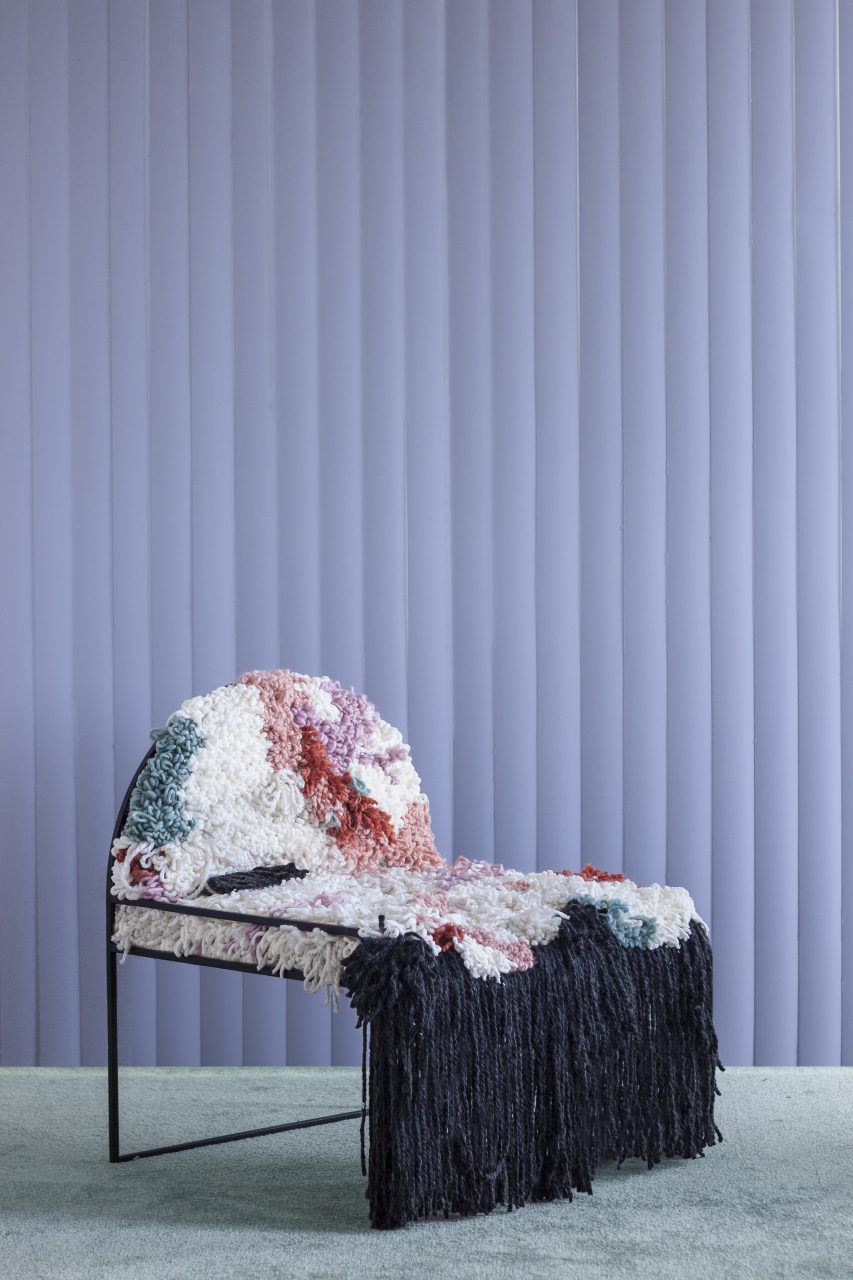
soft-geometry
San Francisco
Utharaa L Zacharias and Palaash Chaudhary have a knack for infusing humor into industrial design. The founders of the San Francisco–based studio soft-geometry share a love for transforming basic forms of furniture into quirky, texturized pieces. By integrating curved edges, playful shapes, and must-touch materials, their work embodies what they describe as a feeling of softness.
The pair met as college students in India and relocated to study at the Savannah College of Art and Design in Georgia. Now, eight years later, they’re fresh off their first official year as a business. In March, soft-geometry launched its Dessert Menu collection, which consists of a doughnut-shaped coffee table, a fluffy bench, and a flat-pack leaning shelf—each baking some sweetness into everyday household objects. The new summer-winter collection toys with the idea of giving multifaceted personalities to products by combining contrasting materials. Zacharias and Chaudhary crafted a set of chairs and tables using intricately woven cane, velvet upholstery, and handwoven yarn, the latter of which yields a flamboyant and flirty finish.
The young design duo sees their practice as the opposite of fast-paced manufacturing. Their products are made with intimacy, slowness, intention, and a pop of color, reflecting the traditions of Indian culture.


Orior
New York City
Newry, Northern Ireland
How do you make a 40-year-old brand feel fresh? One way is to go back to its roots. For Orior’s creative director, Ciaran McGuigan (son of company founders Brian and Rosie McGuigan), that meant reconnecting with “people, product, and space.”
Over the years, the company had moved away from its beginnings crafting bespoke pieces toward making contract furniture for the hospitality market. McGuigan reoriented the business to emphasize traditional craft techniques and local materials, like green Connemara marble and Irish ash bogwood. Orior doesn’t keep a stock and produces all of its pieces to order at its factory in Northern Ireland. The company doesn’t use laminates or veneers, and all of its products, including a couch framed in solid brass or an oak table anchored in green marble, have a hefty materiality.
A shift to the American market-led Orior to open a Tribeca showroom in Manhattan this May, putting its pieces front and center for New York’s design community—and the company is betting that its contemporary take on classic pieces will fit right in while weathering constantly shifting trends.
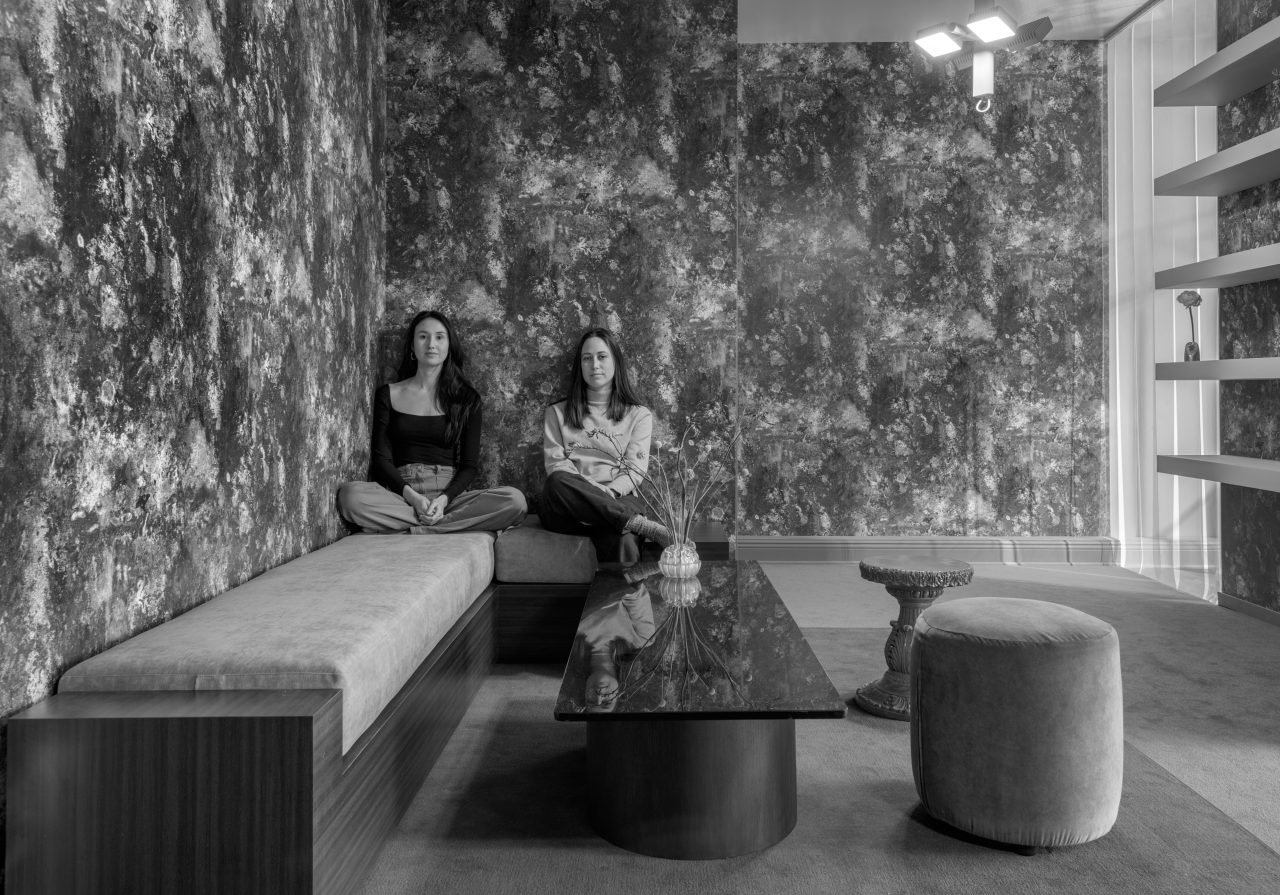
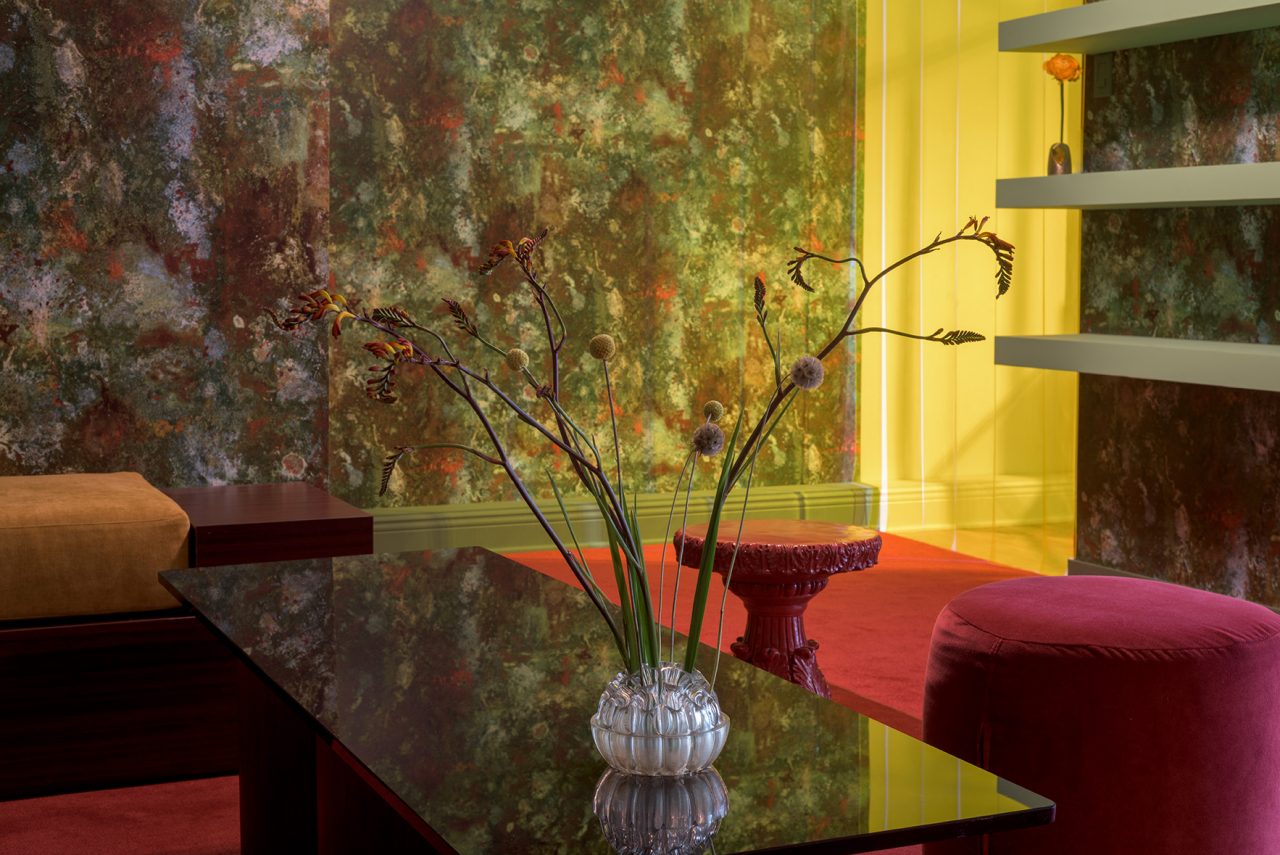
Studio Kiff
Montreal
For experienced product designer Rachel Bussin and project manager Hélène Thiffault, breaking out of their industry jobs to establish an independent interior design practice earlier this year was a dream come true. “We developed products for almost a decade but never really had the chance to control the environments in which they ended up,” Bussin explained. With Studio Kiff, the duo has tapped into the potential of Montreal’s small but edgy creative scene. “As part of this community, most of our clients are under 40 and are willing to take risks,” Thiffault observed. “Our job is to help them push the boundaries even further.”
For its first project—a boutique clad in Jean Paul Gaultier– designed wallpaper for local jewelry brand MYEL—Studio Kiff introduced a lush and romantic scheme, complete with red carpeting and bronze finishes. “Our goal is to create something unique for each project and to not necessarily push our own signature style,” Bussin said. And yet, the duo’s maximalist, enfant terrible aesthetic—which draws from sources as varied as 1990s normcore pop culture and 1960s radical design—might be its defining feature. AN Interior is curious to see what the practice will come up with next. “Our dream project would be to design a strip club,” Thiffault cheekily added.
Header image: Atelier Barda designed a crisply detailed house for a client interested in minimalist painters. (Juliette Busch)
